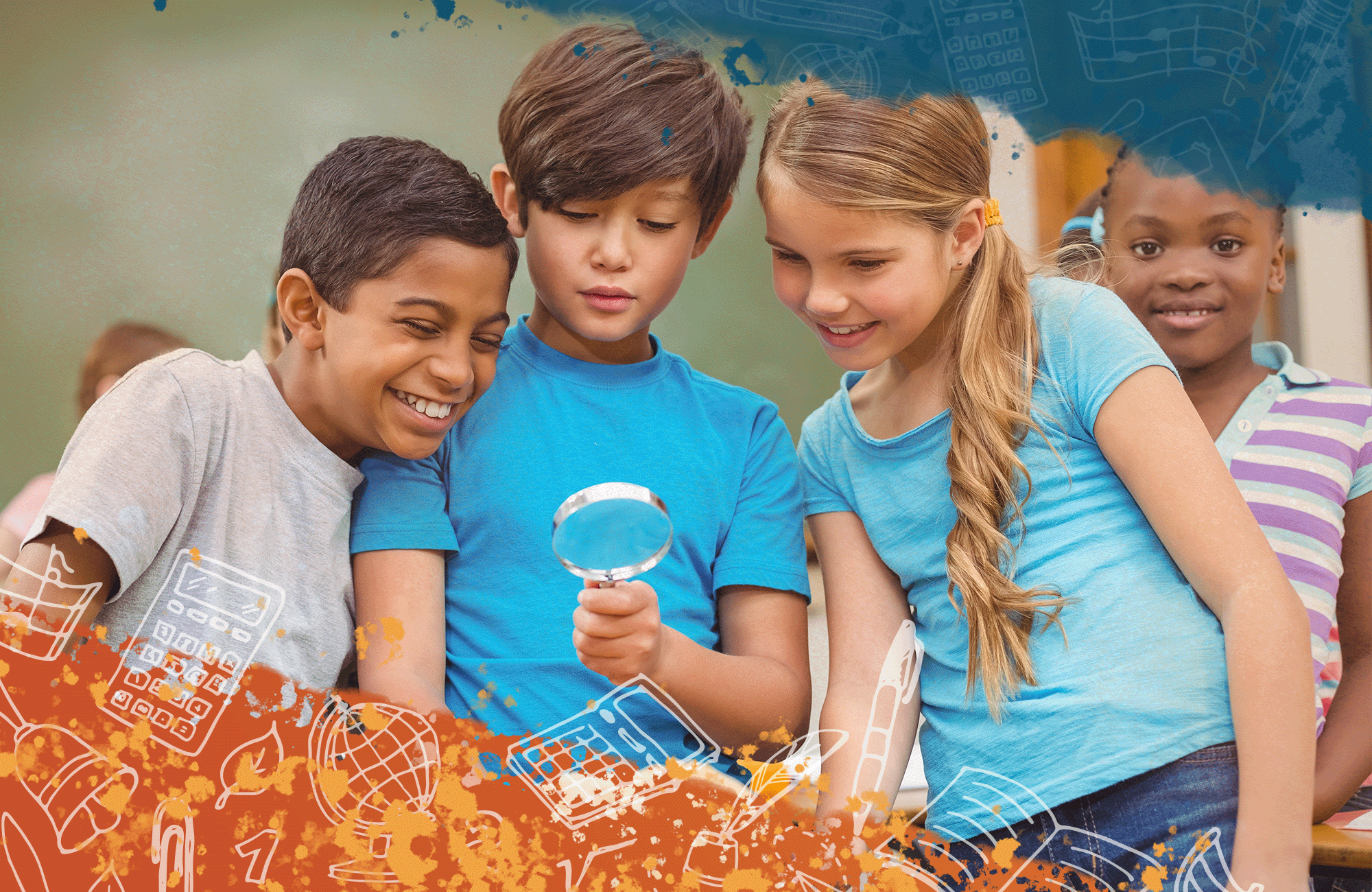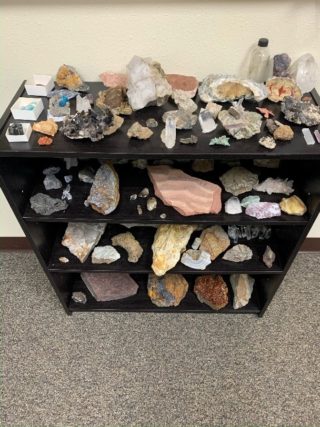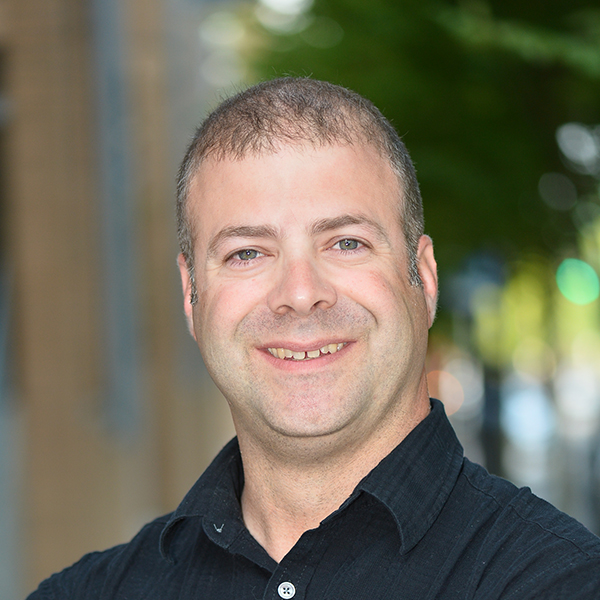

Geology
Geology: The Planet’s Past and Present
What is Geology?
Geology is the science that studies the rocks of the earth and the physical, chemical, and biological changes that have happened or are happening on the earth.
A geologist is someone who studies rocks and minerals, how Earth was formed, and how it changes over time. Some geologists look for oil or precious minerals, help engineers understand how to build on different types of land, and even study materials on other planets and moons. Geologists can also help protect humans and animals by detecting and helping clean up chemicals that have been spilled on soil or water.
We put together this Geology Flip Book that helps tell the story of our planet and shows geology in action.
Watch the Video
Science Crash Course Kids
Watch this video to learn about the shapes we find on Earth, which are called landforms. Mountains are one kind of landform. Mountains are one kind of landform, but there are many others!
Complete the Activities
Activity: Create Your Own Continent
Can you create your own continent? What would it look like? Would it have lots of mountains or volcanoes? Wide plains or big valleys? Would it have long rivers or lots of little lakes? Would it be really hot like a desert or really cold like the North Pole? Look back at the landform video above for ideas.
Here’s how to create your own continent:
- Draw your continent, using a piece of paper and crayons or colored pencils.
- After you have drawn it, describe what kind of animals would live there.
- Describe where people would live. Would they live in large cities or little towns?
- If you lived there, where would you put your house?
- Name everything. If you have mountains, lakes, other landforms, and any cities or towns, name them.
- Don’t forget to name your continent!
To make this extra challenging, build your continent outside. You can use rocks, dirt, sticks, water, and anything else you can find.
Activity: Collect and Observe Rocks
Collecting rocks is a fun activity you can do with an adult. You can find rocks around your yard or on walks at the park, beach, trails, and other places.
Before collecting rocks, make sure you check with an adult to make sure it is okay. There are areas in nature where it is not okay to take rocks. In these areas, we want to protect the environment and leave rocks there so other people can see them when they visit.
To show off your rock collection, you can use a shelf in your bedroom. Or you can make a cardboard box into a display. What is the best way to organize your collection? Get creative!

The rock collection shown in the photo is from Calen Busch, a geologist here at MFA. As you can see, Calen has been collecting rocks and minerals for a long time.
When you start your collection, you might decide to keep track of and describe your rocks.
In a notebook or on a piece of paper, write down where you found your rocks and what environment they came from. An environment might be your backyard, a creek, a lake, or a hiking trail.
Write down what the rocks look like and feel like. Are they round and smooth or sharp and rough? What color are they? Are they a solid color or speckled with lots of colors?
Activity: Grow Sugar Crystals
Ask an adult for help making your own rock candy! Crystal formation takes time. But instead of taking thousands of years, like some crystals in nature, you can make crystals in one week.
If you want to watch how to make rock candy before you get started, watch this video.
Materials
- 1 cup of water.
- 3 cups of white sugar.
- Liquid-measuring cup to pour the hot sugar solution into.
- Food coloring.
- 3 or 4 clean wooden sticks, like popsicle sticks.
- A pot.
- A plate.
- One tall glass for each stick. The glasses should be a little than each stick.
- One extra glass filled with water to dip the sticks into.
- Clothespins.
Now let's get started!
Prepare Your Sugar Solution
- Have an adult help you bring 1 cup of water to boil.
- Turn down the heat so the water is simmering.
- Carefully add the sugar ½ cup at a time.
- Stir the pot and let the sugar dissolve.
- Add another ½ cup of sugar. Keep doing this until all of your sugar is dissolved in the water.
- Turn off the stove and let the sugar water sit for 15 minutes to cool.
- After 15 minutes, pour the sugar water into a liquid-measuring cup.
The measuring cup will be hot! Keep it out of the way while you prepare your sticks.
Prepare Your Sticks
The sugar needs something to cling to in order to form crystals. To help crystals form:
- Fill a glass with water.
- Put about ¼ cup of sugar on a plate.
- Dip your wooden stick in the water.
- Roll the stick in the sugar on the plate.
The sugar on the stick while act as starting point for the sugar water to start forming crystals.
Set Up for Crystal Formation
- To make colored crystals, put a drop of food coloring at the bottom of each glass. If you want clear crystals, do not add food coloring.
- The sugar water will still be hot! Have an adult help you as you pour the sugar water into each glass.
- If you used food coloring, stir the sugar water in the glass so the food coloring mixes with the sugar water. You can add more food coloring if you'd like a darker color.
This part is tricky because you don’t want the wooden stick to touch the bottom of the glass when the crystals are forming.
- Put the stick into the glass so that it touches the bottom.
- Hold it so it stands up straight.
- Lift the stick so it isn’t touching the bottom.
- Have an adult put the clothespin around the stick, so the stick stays in the middle of the glass and doesn’t touch the bottom of the glass.
Now you have to wait for the crystals to form. You will see them forming after a few days. If you wait a week, you will see even more crystals form.
Grow Sugar Crystals
- Take the clothespin off the wooden stick.
- The surface will be solid. Ask an adult to help you break the surface with a butter knife.
- There will still be sugar water in the glass. Dump out the extra sugar water into the sink.
- When you look in the glass, you can see the sugar crystals around the wooden stick.
- The stick will be stuck in the glass.
- To get it out, have an adult help you run warm water on the outside of the bottom of the glass until you can pull the stick out of the glass.
Enjoy looking at (and eating!) your sugar crystals.

Meet a Geologist
Alan Hughes, Principal Geologist
What Was Your Favorite Subject in School?
Science! I always loved learning about the world around me and understanding how it worked.
What Was Your Dream Job as a Kid?
Astronaut. I always loved movies and books about explorers, and being an astronaut seemed like it would be a great adventure.
What Is Your Favorite Rock, Gem, or Landform?
Tough question, I love so many. If I had to pick one, it would be obsidian. It is a black glass formed by quickly cooling lava. It is beautiful and useful as a knife or arrowhead.
What Is Your Favorite Thing About Your Job?
I get to be a science detective and figure out what the problem is and how to fix it.
What Did You Study in School?
Science and math, but my favorites were the geology and chemistry courses.